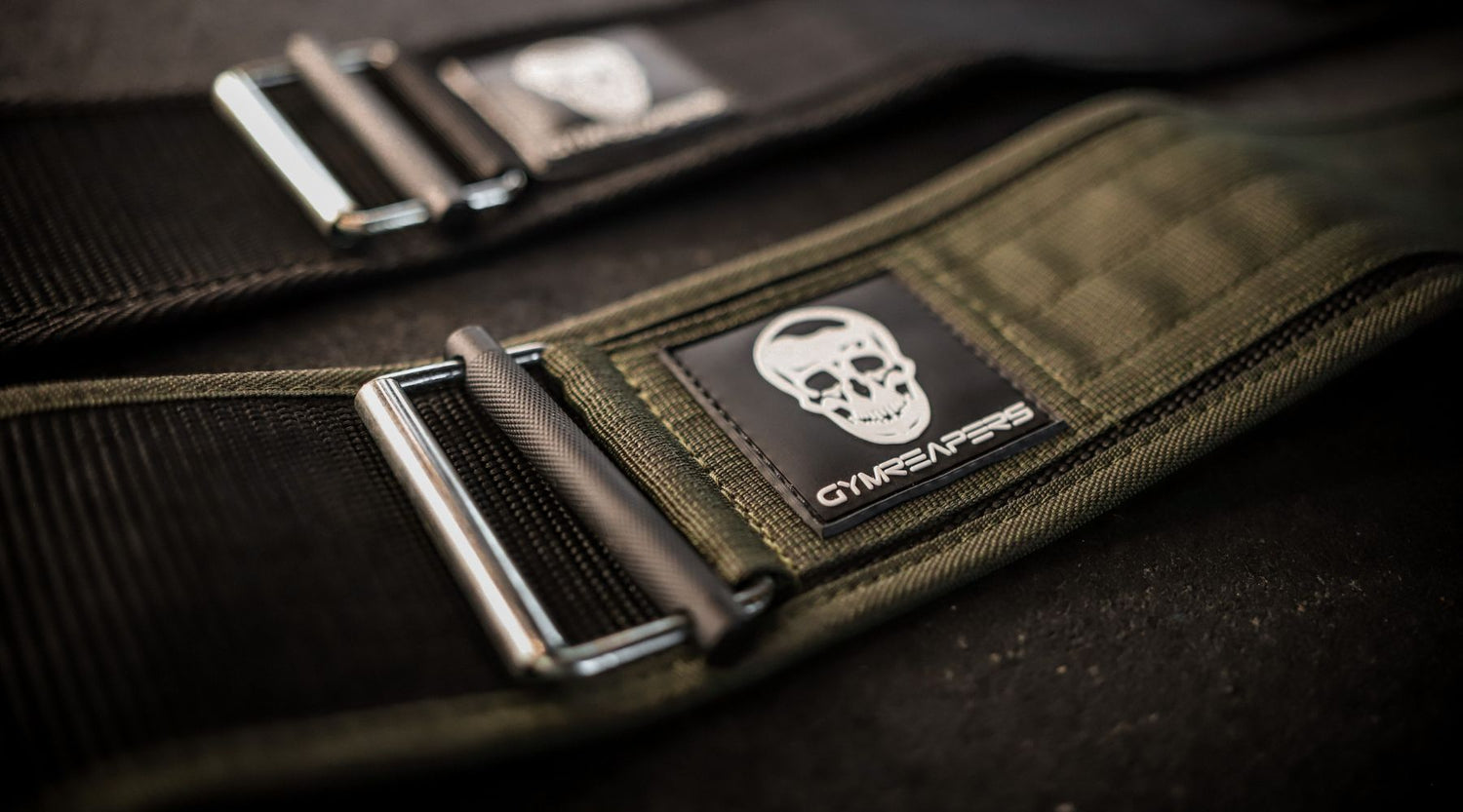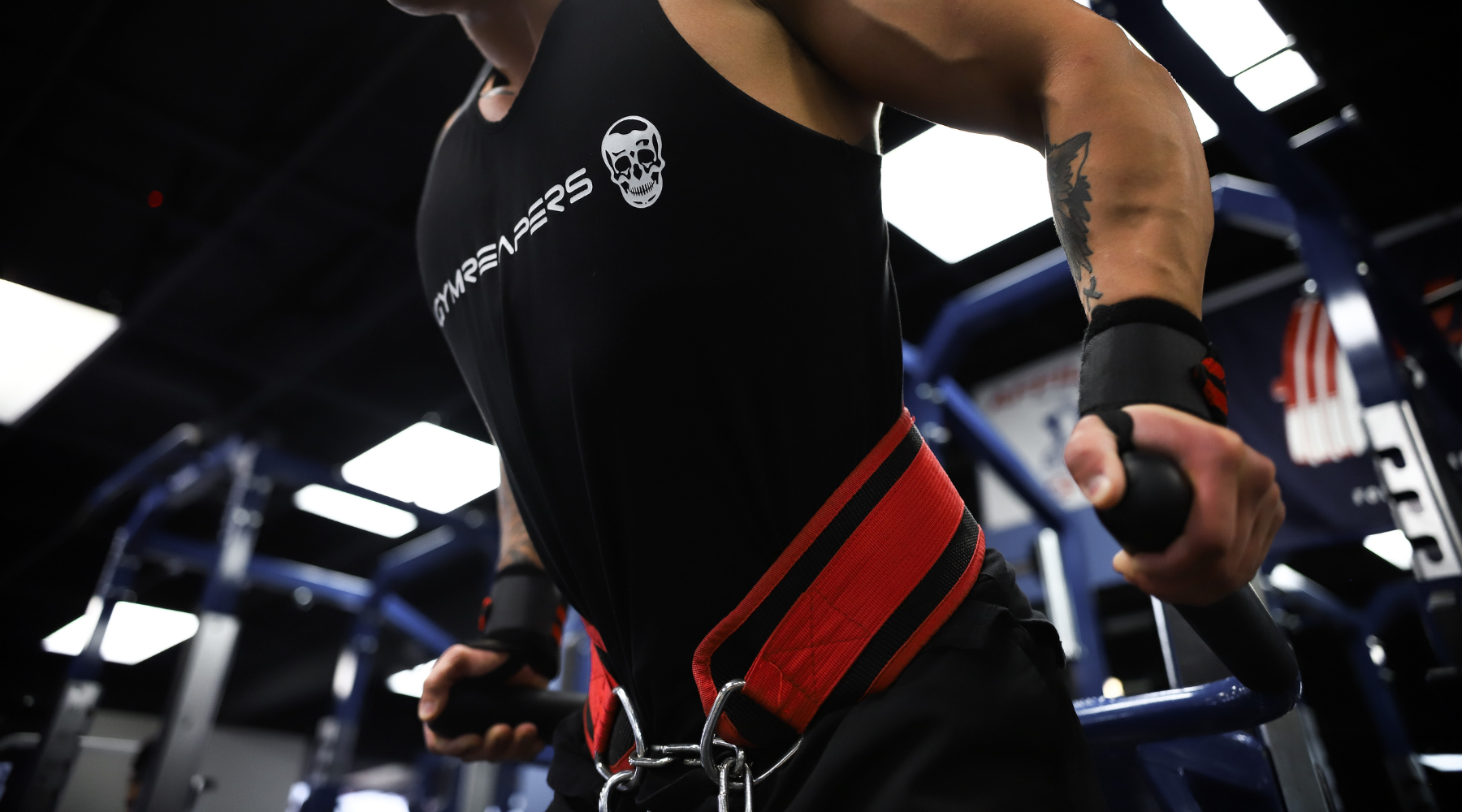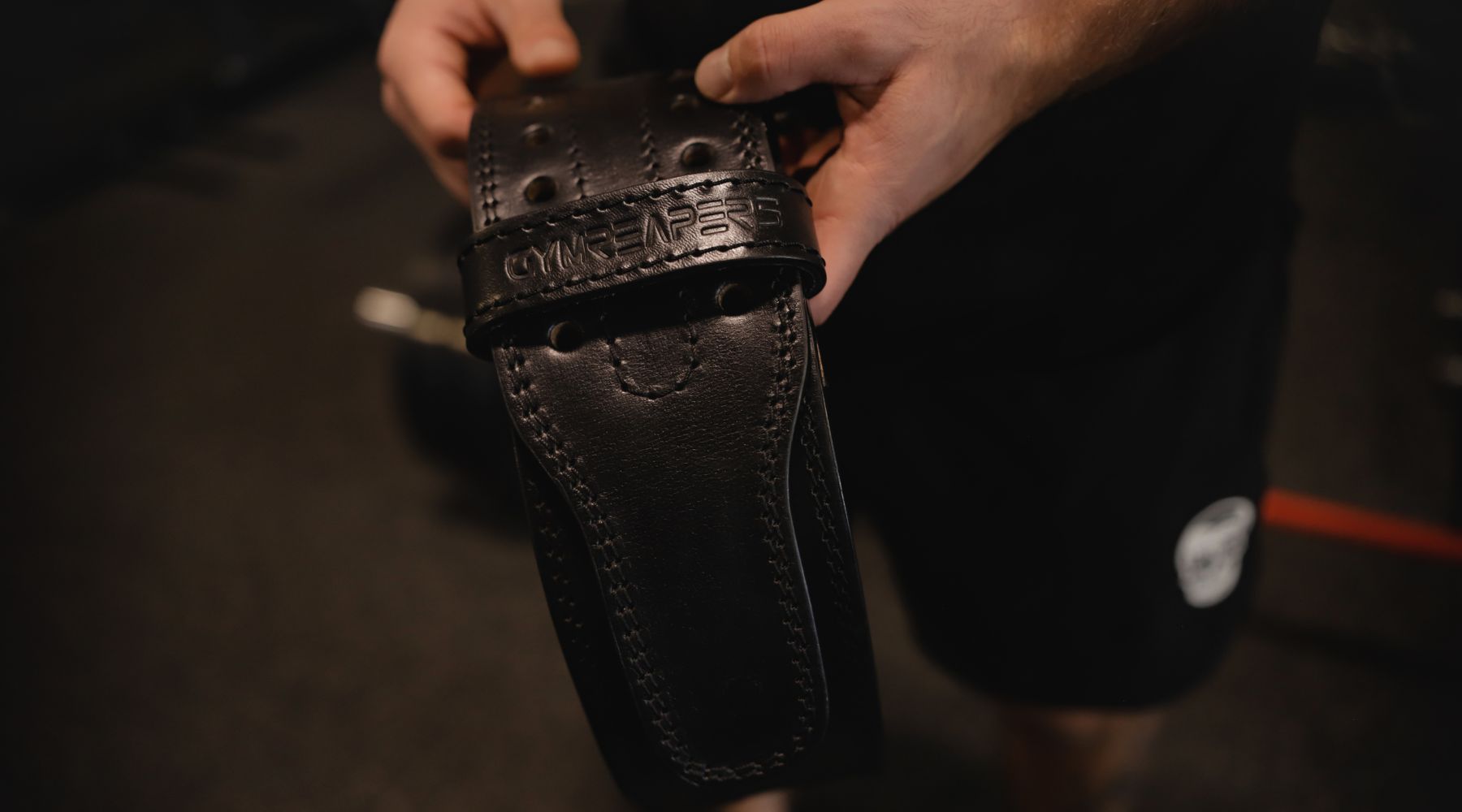Many athletes are concerned about whether it’s safe to wear lifting belts throughout their pregnancy.
So, can you wear a lifting belt while pregnant? According to studies from the International Urogynecology Journal and Sports Health, it is generally safe to wear a lifting belt while pregnant.
Below I will talk about the safe and effective ways of using a lifting belt when pregnant and offer real-world experiences from multiple mothers-to-be.
Key Takeaways
- If you decide to wear a lifting belt while pregnant, the best type of belt is a fabric or nylon belt because it is more flexible than a leather lifting belt and can accommodate a larger range of sizes due to the velcro clasp.
- There are certain situations where a belt is not recommended. This includes when uncomfortable symptoms occur, such as incontinence, pelvic pressure or pain, or diastasis recti.
Is It Safe To Wear A Lifting Belt While Pregnant?
Yes, it is safe to wear a lifting belt while pregnant. There are multiple studies showing that maternal and fetal health are not at an increased risk while wearing a belt, including when lifting heavy or performing a valsava manuever (breathing into a belt).
Most athletes will switch to a different type of belt or go beltless, not for any health concerns, but more because the belt becomes more uncomfortable than productive.
In my own anecdotal experiences, I have never had a client experience negative side effects from lifting with the valsalva maneuver and a belt, however, let’s look at a few studies for some additional perspectives.
Safety and Wellbeing of the Child
The Valsalva, or “breathing into the belt” technique has been the topic of conversation in pregnancy studies as it was once thought that it could cause harm to the growing fetus by increasing a baby’s heart beat and reducing their placental blood supply.
In a study from 2021, researchers sought to look at any health implications from using the valsalva maneuver.They observed various heath markers related to placental blood flow, blood pressure, and fetal heart rate variability.
The authors concluded:
“It is reassuring that strength training has not been shown to elicit hypertensive responses in women; nor has it been shown to compromise fetal heart rate variability.”
Meaning, even with the valsalva maneuver, mothers and their fetuses did not experience negative health side effects.
They also mentioned:
“Resistance training up to a 1RM of 50 lb did not result in a significant reduction of placental blood flow from resting state in the study population.”
Thus, they were able to debunk the myth that the valsava technique or lifting weights were cause for alarm.
You can read more information about that study here.
This study is further supported by a recent 2023 study that looked at individuals who engaged in strength training before and after their pregnancy.
Safety and Well-being of the Mother
Pelvic disruptions and pain with pregnancy are common.
With resistance training while pregnant, it has been thought that lifting with a belt, as well as a variety of different lifting positions could cause additional pain or health concerns for the mother.
A study looked to collect empirical evidence for a mother’s safety as they participate in lifting, the Valsalva maneuver, and acute or prolonged supine weightlifting during pregnancy.
Researchers looked at nearly 700 individuals who lifted at least 80% of the 1RM during their pregnancy. Based on these responses, they were able to conclude:
“Individuals who engaged in heavy prenatal resistance training had typical perinatal and pelvic floor health outcomes that were not altered whether they engaged in, or avoided Olympic lifting, Valsalva or supine weightlifting.”
You can read more about the study here.
Thus, training with the Valsalva maneuver, a belt, or heavier loads did not have any negative effects on maternal pelvic floor health.
By looking at the conclusions from both studies, we can confidently say that lifting with a belt is generally safe for both mother and child throughout pregnancy.
How To Wear A Lifting Belt When Pregnant: 3 Rules To Follow

Place Your Belt Comfortably
Similarly to how you wear your lifting belt when you are not pregnant, you will wear your belt under your sternum and cover your belly button.
As your belly continues to grow you can adjust the belt to a more comfortable position which is typically closer to your sternum to accommodate any pressure or growth in your pelvic region.
Tighten Your Belt
You will want to tighten your belt tight enough that it does not move around, but not so tight that you can’t slip a finger or two between your stomach and the belt.
The space between the belt and your stomach will allow you to breathe into the belt to generate tension before your lifts.
As your pregnancy progresses, this tension may become more and more uncomfortable.
If you are experiencing an unusual amount of discomfort, you should try loosening your belt or trying a more flexible type of belt like a nylon or Olympic-style lifting belt.
Breathe Into the Belt
As there is nothing empirically wrong or unsafe about using a Valsalva maneuver when bracing with a belt, you should breathe into your belt to generate tension throughout your lift.
Belt Types That Will Feel The Most Comfortable When Pregnant

Standard 10mm Prong Belt
The standard weightlifting leather belts will be comfortable for the majority of the first trimester. Once you are feeling too uncomfortable or no longer fit into your previous belt, you can look into other alternatives.
Nylon or Fabric Weightlifting Belts
Nylon and Olympic style weightlifting belts offer more flexibility in terms of fabric and accommodating a growing baby.
This fabric is not as stiff as the typical lever or prong belts, so it can be more comfortable and easier to adjust.
These belts also use velcro to fasten the belt, allowing for more flexibility when needing to change the size of the belt. No screwdrivers or predrilled holes are needed in comparison to adjusting typical leather lifting belts.
Maternity Support Band
Especially in the second and third trimesters, maternity support belts and bands can be used for comfort and support as your baby continues to grow. These belts can make working out and moving around easier as it provides support to your back and stomach.
These bands and belts are typically much lighter and more flexible than both leather and nylon belts. They are meant more for supporting the belly, rather than to brace against for lifting.
How To Know When To Stop Using A LIfting Belt When Pregnant
At a certain stage of your pregnancy, you're likely going to stop wearing a belt. Either it's too uncomfortable, or you're not doing exercises that require a belt (like maxing out your 1RM squat). Let's talk about some of those reasons.
It is becoming uncomfortable and cumbersome
Once wearing a belt becomes uncomfortable to wear, meaning it is pinching you, providing too much pressure, or simply becoming a chore to put on, the belt is now taking away from your workout rather than adding to it.
You don’t feel any benefit from using it
As your lifting routine changes with pregnancy, it is likely that you are going to be repping weights that you don’t think you need a belt for. If you don't feel like your belt is providing any benefit, ditch it.
You begin experiencing symptoms like incontinence, pelvic pain, diastasis recti, etc.
As your belly grows, pain and uncomfortable symptoms like incontinence, pelvic pain, and diastasis recti can begin occurring. This is true both in and out of the gym.
While these symptoms are likely not cause for immediate alarm, they can cause pause and disruption to your workouts and should be monitored further so that the issues do not worsen.
Your doctor warns against it
If you suffer from other pregnancy complications, your doctor may recommend lifting in different ways or provide guidance specifically on what assistive gear to use.
What Other Soon-To-Be-Moms Are Saying
These athletes all competed in or participated in strength sports with a belt for a portion of their pregnancy. They each had a different experience when they ditched their belt.
“I found it got uncomfortable pretty fast. I stopped wearing mine around 15 weeks”
At the fifteen-week mark, this mom was just into the start of her second trimester when she ditched her belt.
Belts may feel comfortable for most of the first trimester as the fetus starts to develop in size. As the second trimester begins, this growth is more pronounced and will likely accompany some additional discomfort.
“I was using a lever belt because I loved it after prepping for a powerlifting comp but am so bloated I can’t squeeze into it.”
For this mom, squeezing into any tight belt wasn’t worth it for her lifts. Especially if you are experiencing bloating, water retention, or pelvic pressure, this will make wearing a leather lifting belt more uncomfortable.
At this point, it may be time to switch to a fabric belt. If the symptoms persist or worsen, I would recommend removing the belts entirely.
“I competed in an Oly meet at 8 weeks and used my belt for my clean & jerk. Since then I have ditched it since I am lowering my weight and focusing on form at these lighter weights.”
For this mom, her lifts no longer required the use of a belt in her first trimester. This break allowed her to focus on her form and adjust her weight as she progressed throughout her pregnancy.
Lifting will likely look very different from the start to finish of your pregnancy. Not using a belt can fall in line with the lifting that is less stressful, most likely in your second and third trimesters.
“ At around 13/14ish weeks, I realized that the belt was actually making me miss lifts. Once I stopped wearing it, I was able to hit lifts I couldn't hit while wearing the belt.”
For this mom, her new leverages with the added belt were working against her. If you feel like the belt is hurting, rather than helping, it is a good idea to try lifting without it or try a different type of belt.
Frequently Asked Questions
Can I Wear A Lifting Belt During the First Trimester?
Yes, as long as the belt is not causing any abnormal discomfort or symptoms including incontinence, diastasis recti, and pelvic pain.













Leave a comment
All comments are moderated before being published.
This site is protected by hCaptcha and the hCaptcha Privacy Policy and Terms of Service apply.